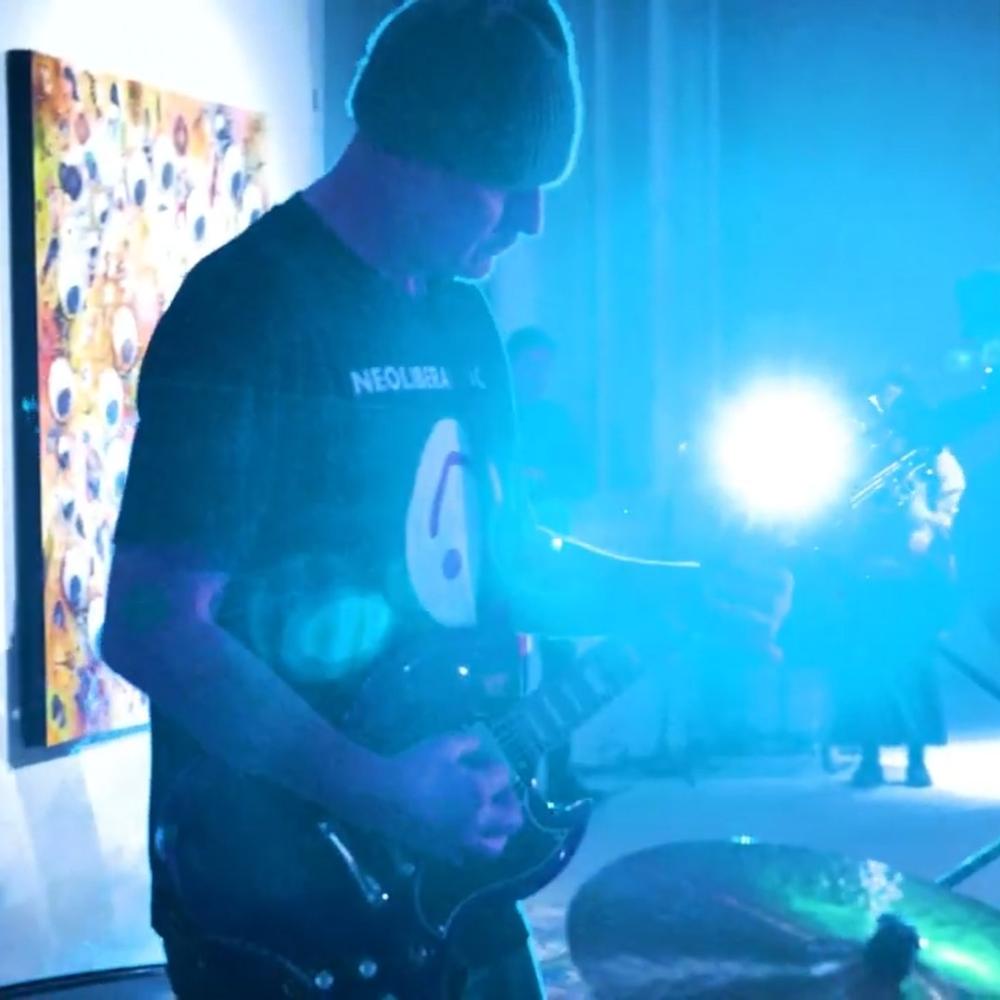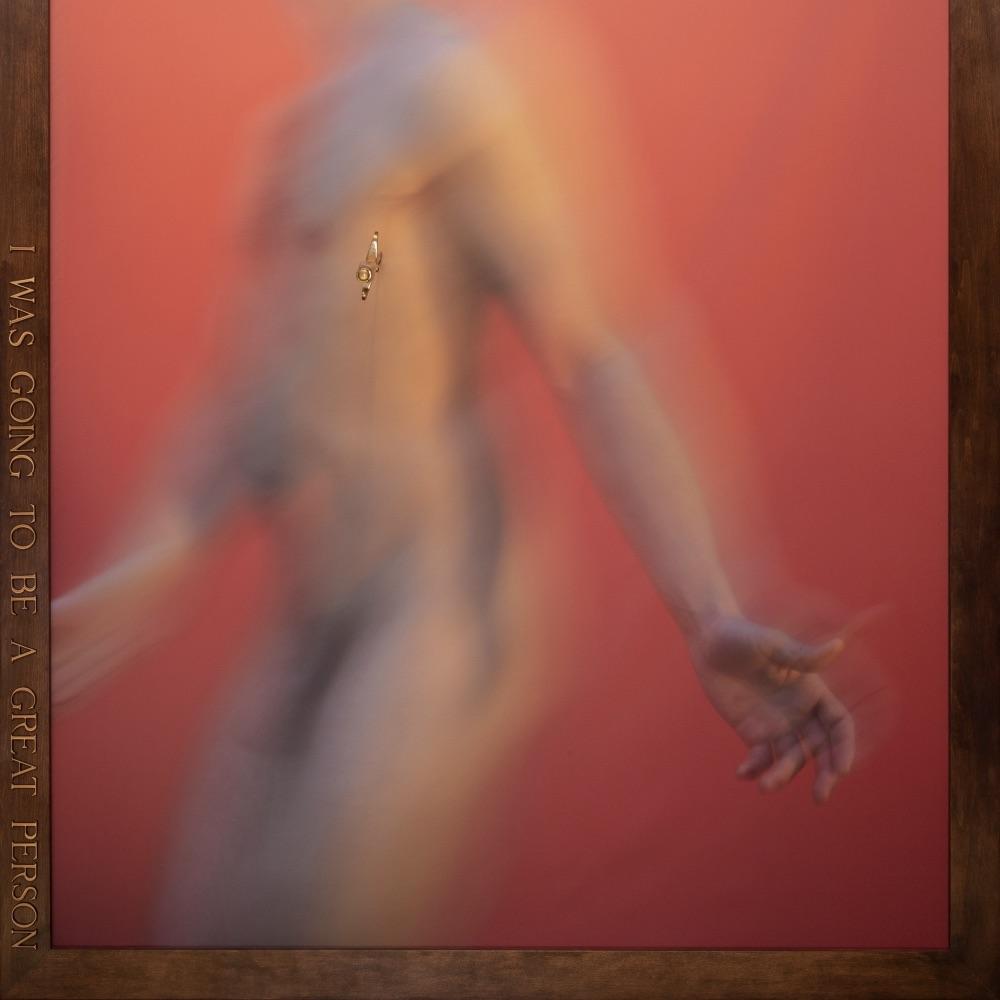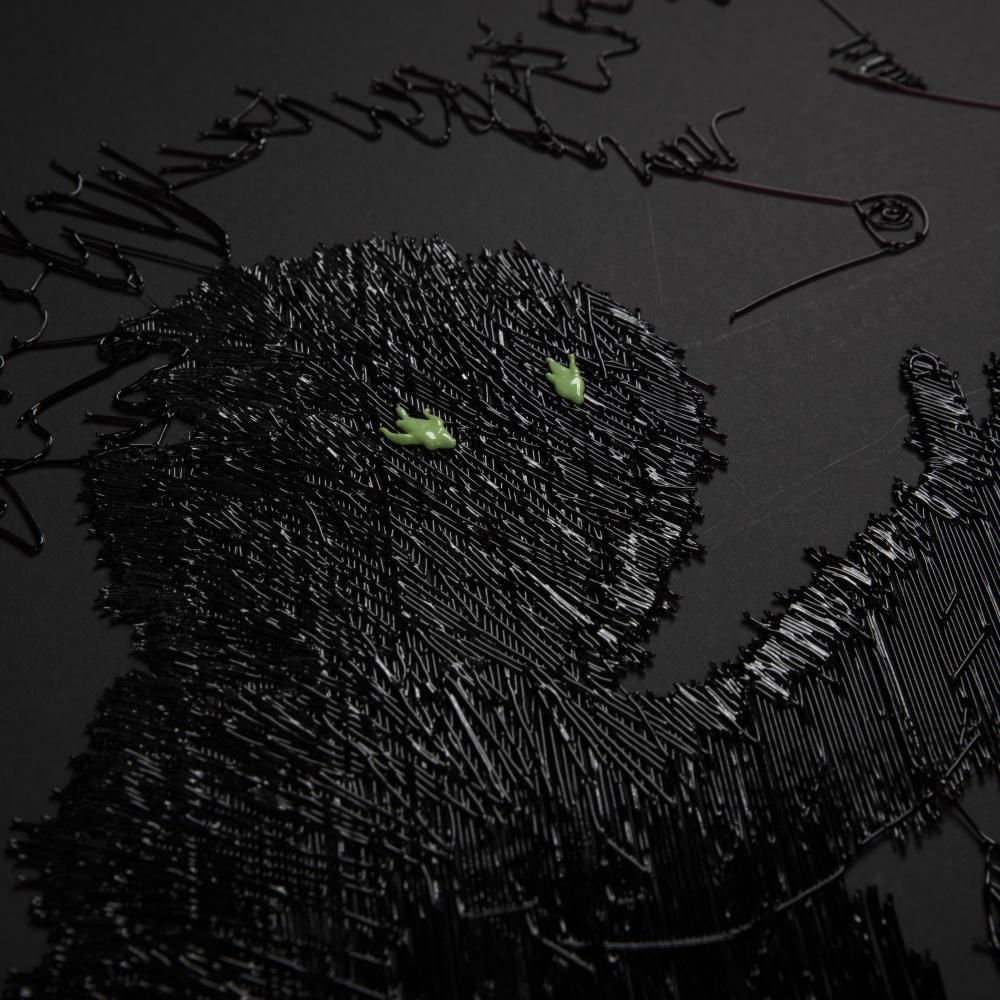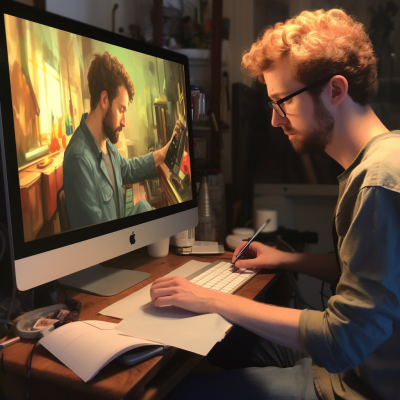
Artificial Intelligence (AI) is becoming an increasingly important part of the modern world, influencing many areas including artistic creation and providing artists with new opportunities and tools for creation. AI can help artists create paintings, music and even literature. For example, AI algorithms are able to generate new ideas, designs and create images that have great potential as works of art.
One example of the use of AI in artistic creation is generative art, which is the process of creating works of art using algorithms and machine learning. These algorithms learn from a large number of artworks that are provided to them as training data. Based on this data, new digital images, videos, animations and other forms of artistic expression can be created.
One example of an artist using AI in practice is Mario Klingemann, a German artist and AI developer. His works are often created using generative algorithms and feature novel and surreal elements. Klingemann's work has been shown in many major galleries and institutions around the world.

MARIO KLINGEMANN (source: Artsy)
Another example is John Gerrard, an Irish artist who uses AI to create his digital installations. His works are usually created using algorithms based on the laws of physics to create realistic visualizations of natural phenomena and landscapes.
AI can help artists with the creative process and make it easier for them to choose colors, composition and materials for their works. Further, AI can help artists with digitizing their work and allow them to easily edit and share their work on social media and other online platforms.
One of the most notable examples is The Next Rembrandt project, launched in 2016 by ING and the J. Walter Thompson Amsterdam art studio. The aim of the project was to create a new work by Rembrandt, who died more than 350 years ago. A team of scientists, programmers and designers used artificial intelligence to analyse all of Rembrandt's works and then create a digital image that looks like Rembrandt's work.
Another example of the use of artificial intelligence is The Painting Fool project by British artist Simon Colton. This artistic robot uses machine learning to create new works of art that are created using algorithms and rules based on previous artworks. The project has been featured in numerous exhibitions and art festivals around the world.
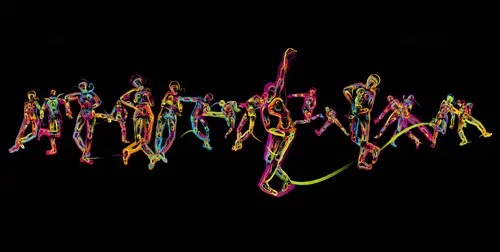
SIMON COLTON (source: newscientist.com)
In recent years, more and more artists have emerged who are using artificial intelligence to create new and innovative works. Some of these artists include Rafael Lozano-Hemmer, Trevor Paglen and Sougwen Chung.
However, the use of artificial intelligence in art is not without controversy. Some critics argue that AI is unable to replace a real artist and that the artwork must still be the creator's own work. Others believe that artificial intelligence brings new possibilities and perspectives in art making that would not otherwise be possible.
In any case, it is clear that the use of artificial intelligence in artistic creation will play an increasingly important role in the future, and artists with skills in this area will have a major competitive advantage in the rapidly evolving art world.
Text: OpenAI: ChatGPT (edited)
Introductory photo: Midjourney
English version of this article: Deepl Automatic Translator


